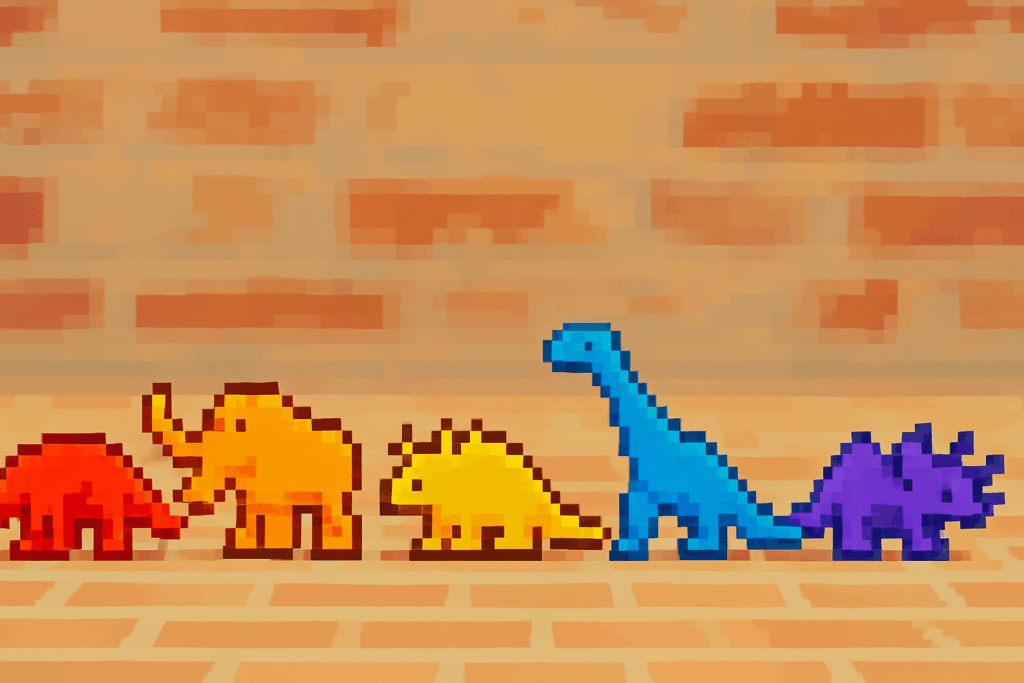
If you’ve ever spent 2 a.m. fumbling with tiny screwdrivers trying to dislodge a corroded button battery from the back of a plastic singing dinosaur, you might be one of us: the suddenly cautious parents. The ones who, after a few too many close calls or a grim scroll through the Consumer Product Safety Commission recall list, become toy safety evangelists, minus the laminated pamphlets.
Before I had a kid, I was the person who bought the light-up, noise-making monstrosity from the clearance aisle at Target without so much as glancing at the box. “It’s cute! It spins!” I’d say, dropping it into the cart. Then I had an infant who put literally everything in his mouth, including, memorably, a slice of packing foam, and everything changed.
Because here’s the thing about toys: they’re delightful, colorful, imagination sparking tools of joy. Until they’re not. Until they’re the thing that sends you into a panic because something broke off, or something looked vaguely chewable, or someone managed to extract a battery with nothing but baby fingernails and stubbornness.
The Illusion of Safety
We tend to assume, naively, but understandably, that if something is sold in the toy aisle, it must be safe. Why else would it be there? But that’s not quite how it works. Labels can help (“Ages 3 and up,” “non-toxic,” “BPA-free”) but they don’t tell the full story. That colorful rattle might be fine on day one, but six months and several tantrum-fueled floor smashes later, you might have a cracked casing and a leaking interior.
Toys are often designed for ideal use, not for how kids actually use them. Meaning: no manufacturer is designing with the child in mind who will immediately take their new toy outside, drag it down a sidewalk, dip it in the dog’s water bowl, and then try to eat it. But that child exists. I live with him.
Small Parts, Big Trouble
Let’s talk about the tiny stuff: marbles, miniature wheels, beads, googly eyes. These are the villains of the toddler parent world. If your child is under three and you drop something smaller than a ping pong ball, you are contractually obligated to drop to the floor like a SWAT team officer to retrieve it before it disappears into a mouth.
The rule of thumb is simple: if it can pass through a toilet paper roll, it’s a hazard. The less simple reality is that kids have a way of finding danger even in things that seem totally benign. A beloved plush bunny? Fine, until its poorly stitched seam bursts and you realize it’s filled with beanbag pellets. A wooden puzzle? Great, until one of the pegs loosens and becomes a snack option.
And don’t get me started on batteries. Button batteries are particularly terrifying. They’re small, shiny, and deceptively appealing to kids. If swallowed, they can cause serious internal injuries in mere hours. The CPSC has issued countless warnings, but some toys still have batteries housed in compartments that require only minimal effort (or the tenacity of a toddler) to open.
Why We Can’t Rely on Recalls Alone
One of the more sobering parts of parenting in the age of Google is realizing how many toys are recalled after they’re already in people’s homes. Recalls aren’t proactive; they’re reactive. They happen after injuries—or worse—have occurred.
It’s a worth occasionally checking the CPSC’s recall list. Especially before the holiday season, when well-meaning relatives are itching to gift your child something that might be better suited for a demolition derby than a nursery.
I say this not to induce anxiety (though a little healthy paranoia is par for the course in modern parenting), but to remind you: vigilance is not overreacting. It’s protection.
There was a high-profile product liability case in Florida brought against a toy manufacturer whose product failed under normal play conditions, causing a severe injury. That toy was sold nationwide, stocked on shelves, and gift-wrapped for countless birthdays before anyone realized how dangerous it was.
It’s why I now approach toy shopping like I’m evaluating a used car. What’s it made of? Are there parts that could fall off? Is it flammable? Would my dog choke on it? If yes, then back on the shelf it goes.
Check out the following resource for more helpful information.






